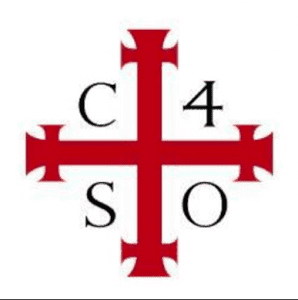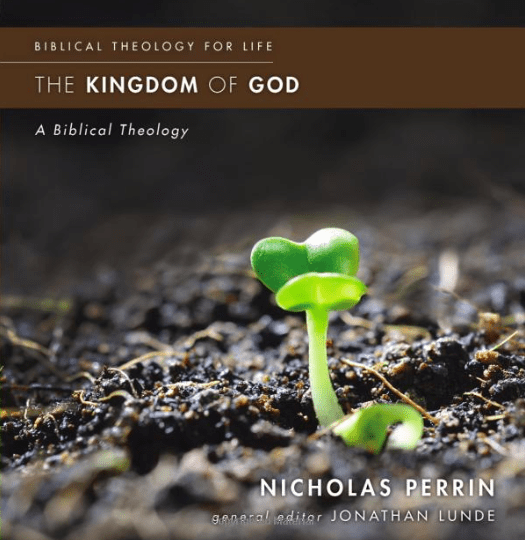 One of the world’s, and especially North America’s, finest chroniclers and evaluators of new and fresh expressions of the church is Fuller professor Ryan K. Bolger. His former book Emerging Churches sketched the emerging/emergent gatherings but his newest book, The Gospel after Christendom: New Voices, New Cultures, New Expressions, collects stories from 28 different kinds of “missional” expressions of church around the world — Latin America, New Zealand, Australia, Scandinavia, French-speaking locations, German-speaking locations, not to ignore North America. The book, then, provides a kaleidoscope of “fresh” expressions.
One of the world’s, and especially North America’s, finest chroniclers and evaluators of new and fresh expressions of the church is Fuller professor Ryan K. Bolger. His former book Emerging Churches sketched the emerging/emergent gatherings but his newest book, The Gospel after Christendom: New Voices, New Cultures, New Expressions, collects stories from 28 different kinds of “missional” expressions of church around the world — Latin America, New Zealand, Australia, Scandinavia, French-speaking locations, German-speaking locations, not to ignore North America. The book, then, provides a kaleidoscope of “fresh” expressions.
Is this the future of the church? Is this Emergent 2.0? Is this “missional”? What can we learn from these new expressions?
What perhaps matters most to us is the big picture, and Bolger summarizes these fresh expressions in the following themes:
1. Getting started: these new forms of church emerge out of frustrations, getting burned, and a desire to rethink everything. Sometimes a few begin it but before too long some more gather round. There is “immense creativity.”
2. They are immersed in local culture at all levels: they are connected to the unchurched and to all locals. They shop and live local. There is no evangelism in the formal sense because they are creating an alternative story. They are engaged in neighborhoods. They create space for inclusion and few boundaries or borders. They remain committed to Christ and open to listen to other faith traditions. They belong before they believe. They serve their local community as they can.
3. Deep formation. They are often networked small groups whether or not they have a main gathering. Small groups entail hospitality. Some are into new monasticism. They want to live out the Way of Jesus. Leaders often wisdom but the individuals want to take responsibility. Leadership is flat and egalitarian. It’s bottom up.
4. Participatory worship. They are suspicious of the powerful pastor. Leaders encourage the vision of others. They worship together into common activities and they participate in what the other is doing. There is very little teaching. Worship services are formational for those involved.
5. The postmodern spiritual seeker crafts his or her spirituality in bricolage fashion. Volunteer work in the city is a common form of spiritual service. They seek an integrated spirituality that brings together the fragmented bits of life. “Post-Christendom people want to experience acts of spirituality and justice, but not communal commitment” (359).
6. The diversity of the group is a prophetic sign, a foretaste of the kingdom of God. “In these communities, churches maintain the centrality of Christ, a trinitarian understanding of God, practices of prayer, baptism, the Eucharist, and Bible reading” (359). Worship connected to all of creation including the local community rhythms. They feature various kinds of spiritual traditions, from Taize to candles to Celtic… on and on.










